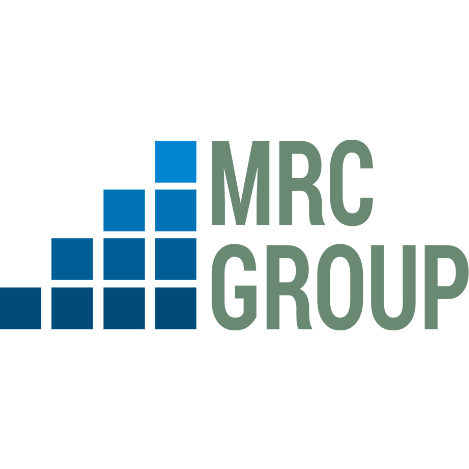







In recent years, off-grid renewable energy business models have emerged as a means of closing the energy access gap globally. In Africa, business models for renewable energy are fast evolving to access new markets, utilize specialist technology, and meet policy and regulatory requirements. To that end, a wide spectrum of highly adaptive business models creates, delivers, and captures social, economic, and environmental value for off-grid projects. Off-grid business models may differ depending on the deployed technology, such as mini-grids and standalone solar systems (SAS). Companies that are interested in improving or finding solutions to handle the current inaccessibility of energy supply, must discover methods or models to handle the value chain cost. For example, solar power requires investment to purchase and install solar panels, despite it being cost-effective over time. Hence off-grid business models must integrate installation, ownership, operation, and financing into a profitable business.
Business Models in the Off-Grid Energy Sector
- Direct sales/purchase: Under this model, a firm completes the sale of an off-grid system in a single transaction. No third-party funding is required to complete the deal.
- Credit sales: Under this model, customers buy a system on credit and agree to repay it over a certain length of time. This includes both lease-to-own and end-user credit transactions. For end-user credit, a third party supplies the developer with the credit required to cover the purchase price.
- Power as service: Under this model, the off-grid systems are not sold to the end users, instead, the company uses the systems to generate power provided to the end user. The company is also in charge of operations and maintenance expenses.
- Supply and Install Business: Profitable businesses could offer to provide and install off-grid systems. These companies provide set pricing for ready-to-go installations and may offer financing to cover the high initial costs. The target market includes homes looking to install solar panels and companies looking to boost their use of green energy.
- Own-and-Operate Model: This model requires a company to supply, build, own, and operate a solar power system on their customer's roof or property. The client agrees to pay a fixed rate for the power generated by the system for a certain period, usually ten years or more.
- Solar Farm Installation: According to Just Solar, solar farms are massive structures that cover a broad area and contain hundreds of solar panels to generate a lot of energy. This is a different form of the own-and-operate model where a company installs huge amounts of solar panels in a sunny area on a property that they own or lease. This model has some advantages including zero emissions, low maintenance costs, and a one-off investment with long-term returns
Conclusion
The strategy for business models in the off-grid space should focus on helping companies achieve profitability while providing affordable energy. Models often take into cognizance the services that the company intends to offer, target markets, and any expected expenditures. This helps companies find workable solutions for the off-grid energy sector based on revenue-driven business models and best practices. Different off-grid business models also provide clients with flexible payment choices, encouraging off-grid renewable energy installations. Addressing the challenges in the growth of off-grid electrification is one of the first steps in achieving energy transformation in the world. This will allow off-grid clients in remote areas to purchase, install, and use off-grid electricity based on their budget and lifestyle practices.











